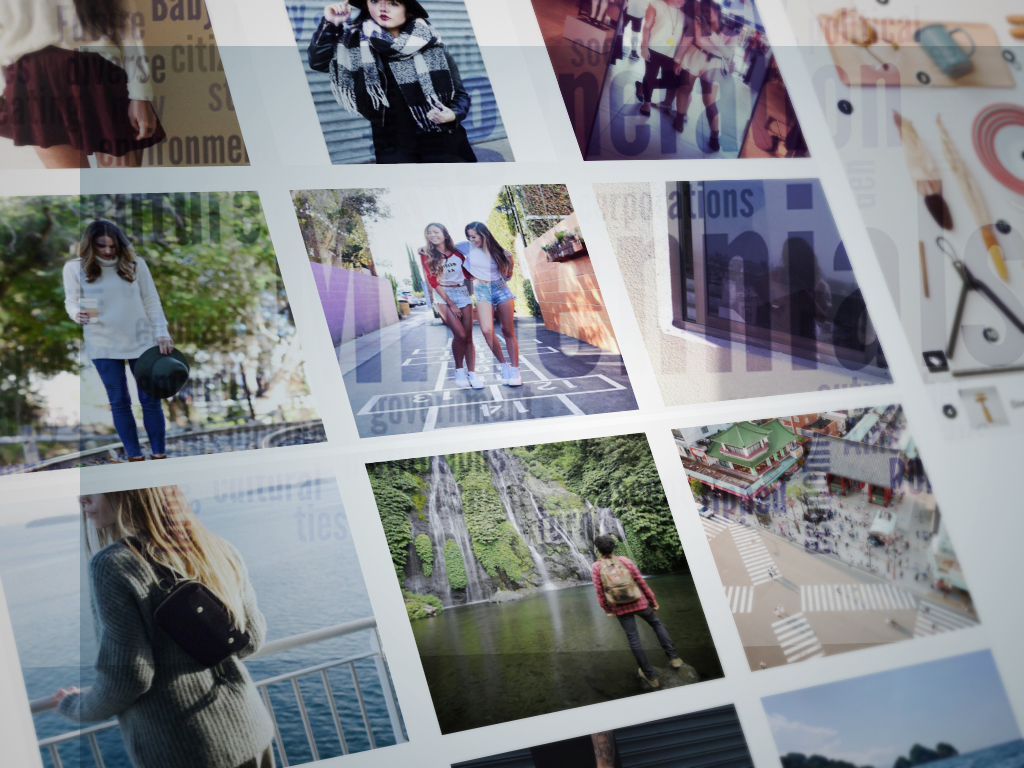While voice may be the latest search darling, there’s another form of search – visual – that has garnered recent attention from the likes of Pinterest, Blippar and Google. But are consumers ready for it? Are brands?
Why is visual search important?
Here’s a look at why these players care and how visual search will impact marketing.
According to Ted Mann, President of visual search firm Slyce, interest in visual search is driven by two related trends:
- Growth in mobile photography, which has spurred more than 3 billion photos shared daily on social apps
- And the use of the camera as a utility in shopping.
“ComScore MobiLens has been studying this for years, and taking a photo of a product has been consistently the #1 in-store smartphone activity — even more than phoning a family member or friend,” Mann added.
Indeed, there’s a key opportunity for brands to connect with shoppers using images to find the products they’re interested in, even if the practice is still somewhat nascent.
“Whether the use case is snapping a picture of shoes you love to buy or favorite, or seeing a celebrity look you like in a magazine and snapping the outfit to find something similar for less or scanning a coupon and saving it as a mobile offer to your phone — visual search helps reduce friction and get you to what you’re looking for faster,” Mann said. “We’ve even seen users in the Middle East use visual search as a kind of translation tool, e.g. an Arabic speaker snapping a picture of something to be able to search for it on an English-language retailer.”
What’s more, John Staines, CCO and global director of sales at shopping search engine Yroo, noted search results with images have been shown to have a higher engagement and CTR rate than text results alone.
And, from there, it’s not a big leap to purchases.
“Companies like Amazon have an app that allows you to scan a physical product in a store and then match it on Amazon.com,” said Buddy Scalera, senior director of content strategy at the Medicines Company. “That’s a pretty bold move that creates a bridge between brick and mortar shopping and online shopping. Google has offered a visual search tool for over two years and it just keeps getting better.
Shopping using visual search…
Indeed, shoppable content seems to hold the most potential for marketers and visual search.
In fact, per Katie Mullins, paid search specialist at digital marketing and web design agency Sparxoo, social media platforms, search engines, apps and other digital properties are making it more of a native experience for users to buy products where they are consuming visual content.
“Audiences want to be inspired, and, as a whole, they no longer reject the idea of brands promoting content or products, so long as it is relevant, personalized to them and helpful,” she said. “By keeping those just-mentioned attributes in mind, brands can work with users to provide a seamless buying experience where the user views the brand as helpful and not obtrusive.”
Mann agreed the opportunity in visual search lies in creating shopping moments.
“It’s essential that marketers focus on creating compelling and shareable visual content,” Staines added. “Content is to visual search what keywords are to text-based search and having an extensive library of high quality visuals is imperative.”
Further, Brandon Seymour, founder of SEO agency Beymour Consulting, said marketers need to make sure they are tagging their images properly, including the metatags, file names and watermarks.
“Visual search…will not replace text search anytime soon, but it is becoming more useful and important to advanced mobile users.”
Brandon Seymour, Founder — Beymour Consulting
In addition, when consumers don’t need to explain to search engines what they’re looking for and instead can simply click on products to either read more or purchase them directly, it will drastically improve the experience, which Seymour said could easily spur more sales.
“Additionally, images containing more than one product, such as an outfit, or a living room set, could create some vertical integration opportunities, and the ability to market other products based on peripheral intent,” he added.
And this could easily expand to include more complicated retail tasks, like measuring sizes, finding color matches and accessorizing outfits and rooms, Mann said.
“Likewise, the technology can be applied to advertising tech to enable better targeting against UGC content on Facebook and Instagram, not to mention video sites like YouTube,” he concluded.
That’s not to say there aren’t challenges ahead…
While visual search has the potential to change consumer behavior by allowing consumers to express an aspect of their search needs in a seamless way, it still has to reach critical mass.
“Until then, visual search is a bit overblown,” said David Lau, vice president of search and programmatic media at digital marketing agency iCrossing. “Companies like CamFind are monetizing visual search, however, organic results seem to be lacking in quality and repeat usage needs improvement. There’s also a bit of a parallel with voice search – the advent of bot marketing may improve the capabilities of both mediums and shift value perception.”
In other words, visual search technology needs time to develop. Lau noted there are apps that perform the function, like Google Goggles and the aforementioned CamFind, but the results may not yet be impressive enough for repeat consumer use. What’s more, consumers may find the current method of browsing and shopping to be quicker, more enjoyable or simply more comfortable.
Further, Lau noted results within visual search sometimes poorly understand intent and “a quick glance of the user reviews for both apps shows that users don’t want to be sold something every time they search, but that’s what many engines currently do.”
Staines agreed adoption is still in its infancy and visual search needs to mature before it becomes a game changer.
“Adding complexity beyond text-driven input is daunting, and understanding the motivation of a searcher exclusively from their interaction with an image is difficult,” he said. “Are they looking for this exact item to shop? Or similar items? If it’s the latter, a marketer needs to key in on certain clues to determine what to present in search results.”
How do you see the future of visual search developing?


